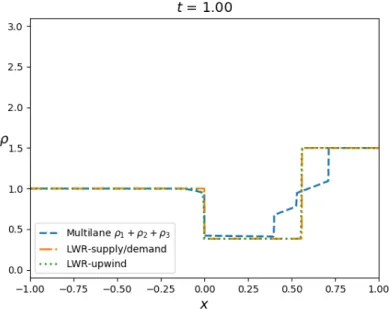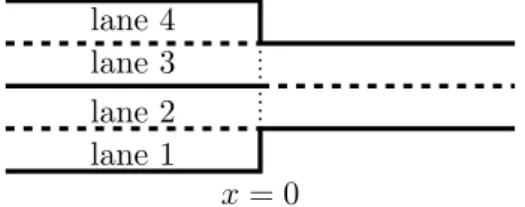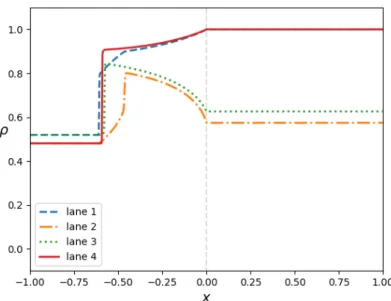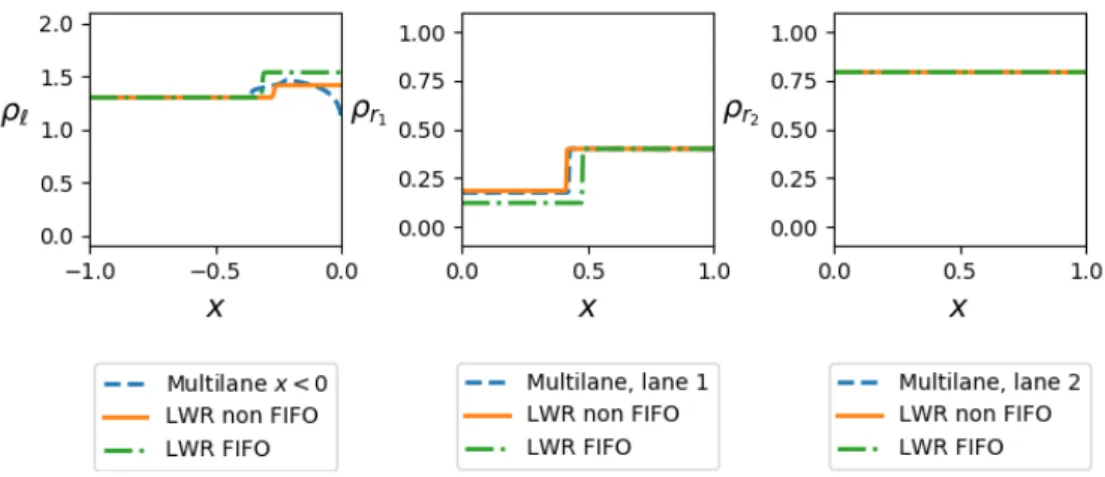Comparative study of macroscopic traffic flow models at road junctions
Texte intégral
Figure
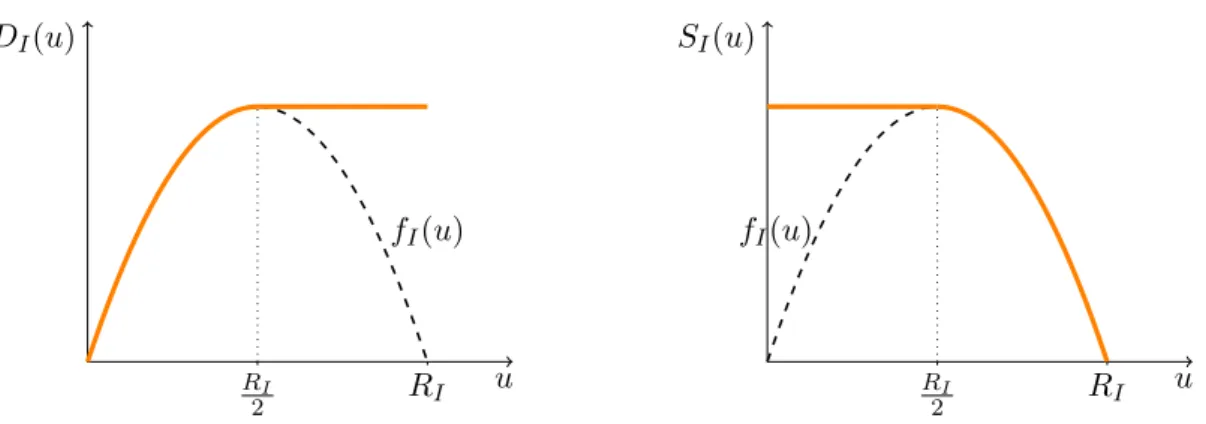
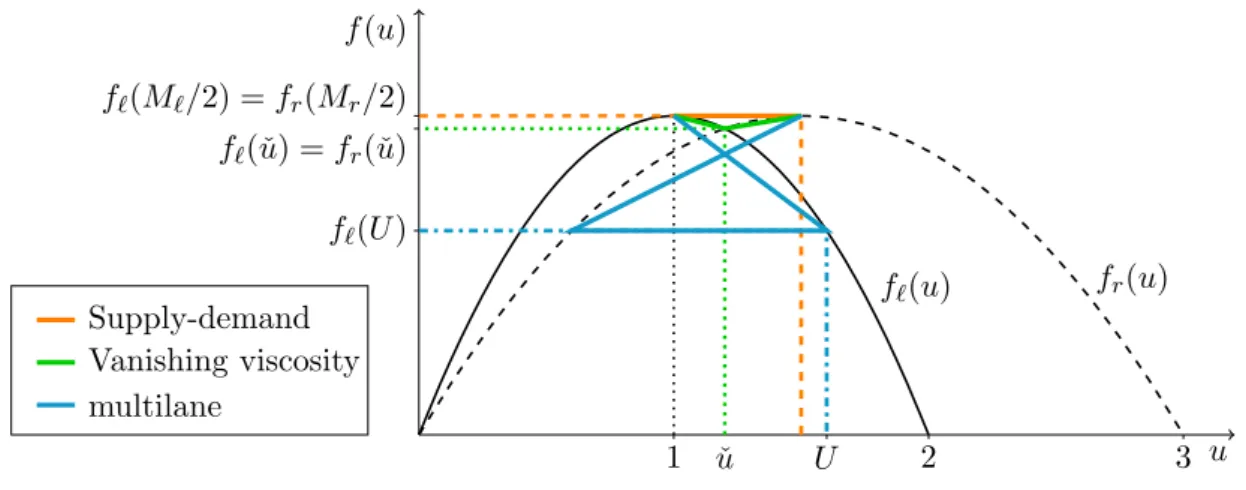


Documents relatifs
communication cost, and/or in the computation cost) has been advocated more recently, for two main reasons: (i) it is more realistic than the linear model; and (ii) it cannot be
Adjusted relative risks for people being injured in traffic collisions in the post-intervention period compared with the pre-intervention period, regarding mean change and time
This paper aims at putting in evidence a decreasing relationship between the traffic level and the elasticity of the traffic with respect to economic growth and proposes a
Adding o ffsets and enforcing strictly periodic task releases provides two significant advantages to FIFO: (i) The perfor- mance issues are mitigated and a higher number of task
In this work, we propose a non-local Hamilton–Jacobi model for traffic flow and we prove the existence and uniqueness of the solution of this model.. This model is justified as
• The second important observation is that in terms of the fundamental diagram of traffic, a system of four roads with two junctions with a ratio r between the sum of the priority
Keywords: Traffic flow, macroscopic models, non-local model, homogenization, viscosity solutions, Hamilton-Jacobi equations..
The analysis of medicines dispensed to 72,685 drivers involved in injurious road traffic crashes in France between July 2005 and May 2008 found that drivers with prescribed
